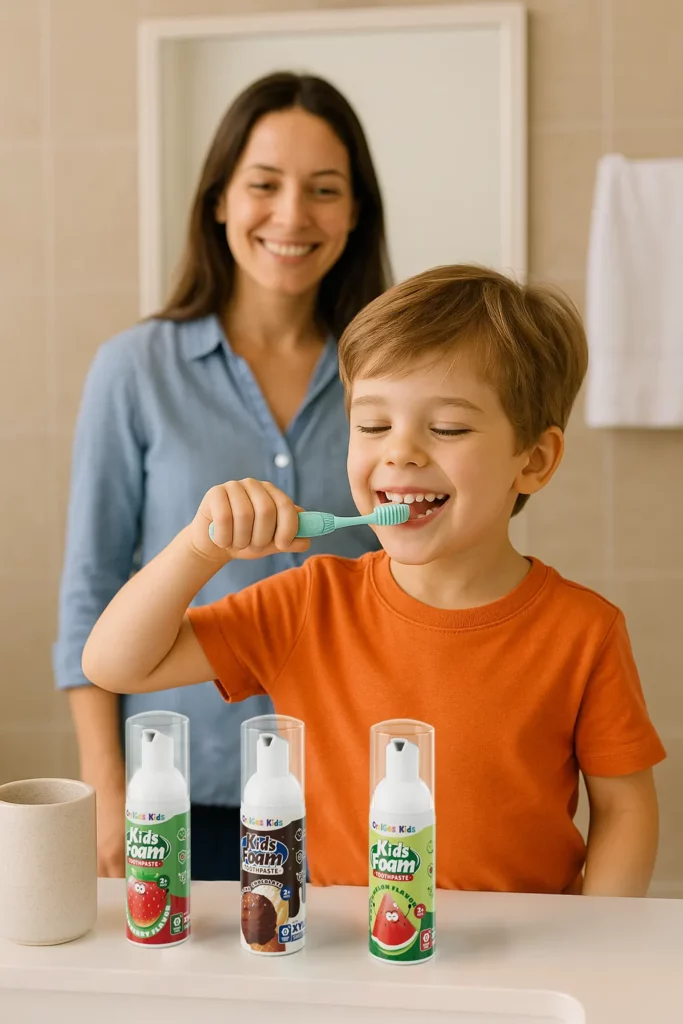In toddler oral care, choosing the right toothbrush and toothpaste is just the beginning. Teaching children how to spit out toothpaste is a critical developmental step that directly affects long-term health and hygiene. While often overlooked, this skill plays a key role in minimizing fluoride ingestion and building lifelong brushing habits. This article is to teach toddlers to spit toothpaste. Whether you’re a dental professional, product developer, or procurement manager in the oral care industry, understanding this milestone will help guide both education and product innovation.
1. Why Spitting Is More Than Just a Hygiene Habit
Toothpaste spitting isn’t just about manners—it’s a preventive health measure. Many toothpaste formulas, particularly those containing fluoride, are safe in small quantities but can lead to health complications if swallowed regularly. Dental fluorosis, which causes visible staining and enamel defects, can result from excessive fluoride intake during tooth development.
Aside from fluoride, toothpaste often includes sweeteners, detergents, and flavoring agents not meant to be ingested. By encouraging children to spit, caregivers reduce the likelihood of long-term ingestion while reinforcing a fundamental aspect of oral hygiene.
2. The Ideal Timeframe for Introducing Spitting
Most children are developmentally ready to learn how to spit between 24 and 36 months of age. During this stage, toddlers begin developing stronger oral muscle control, better coordination, and an increasing ability to mimic adult behaviors.
Dental experts recommend adjusting toothpaste type and quantity based on a child’s age and ability:
- Under 2 years old: Use a smear (rice-sized) of non-fluoridated toothpaste unless otherwise advised by a dentist.
- Ages 2 and up: A pea-sized amount of fluoride toothpaste is safe once a child can reliably spit.
Introducing fluoride before the spitting habit is established requires hands-on supervision and close monitoring.
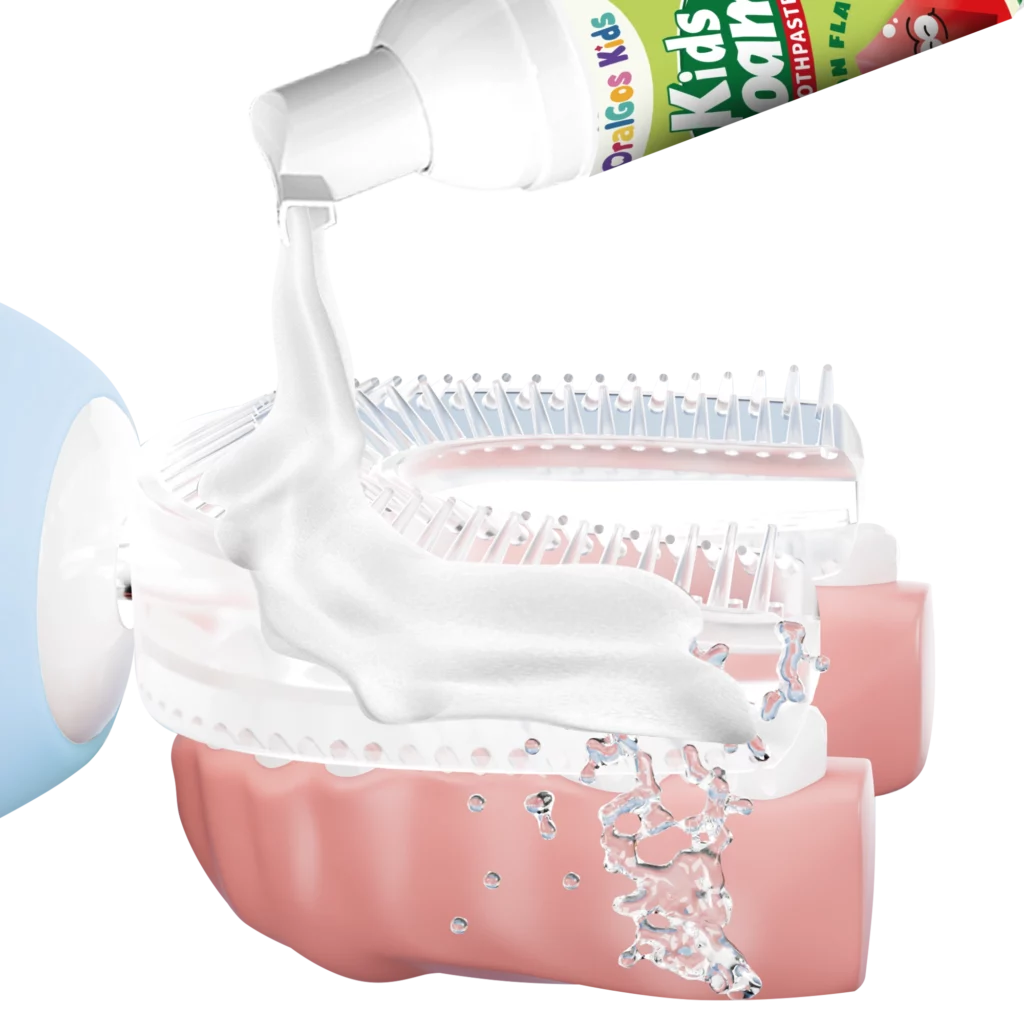
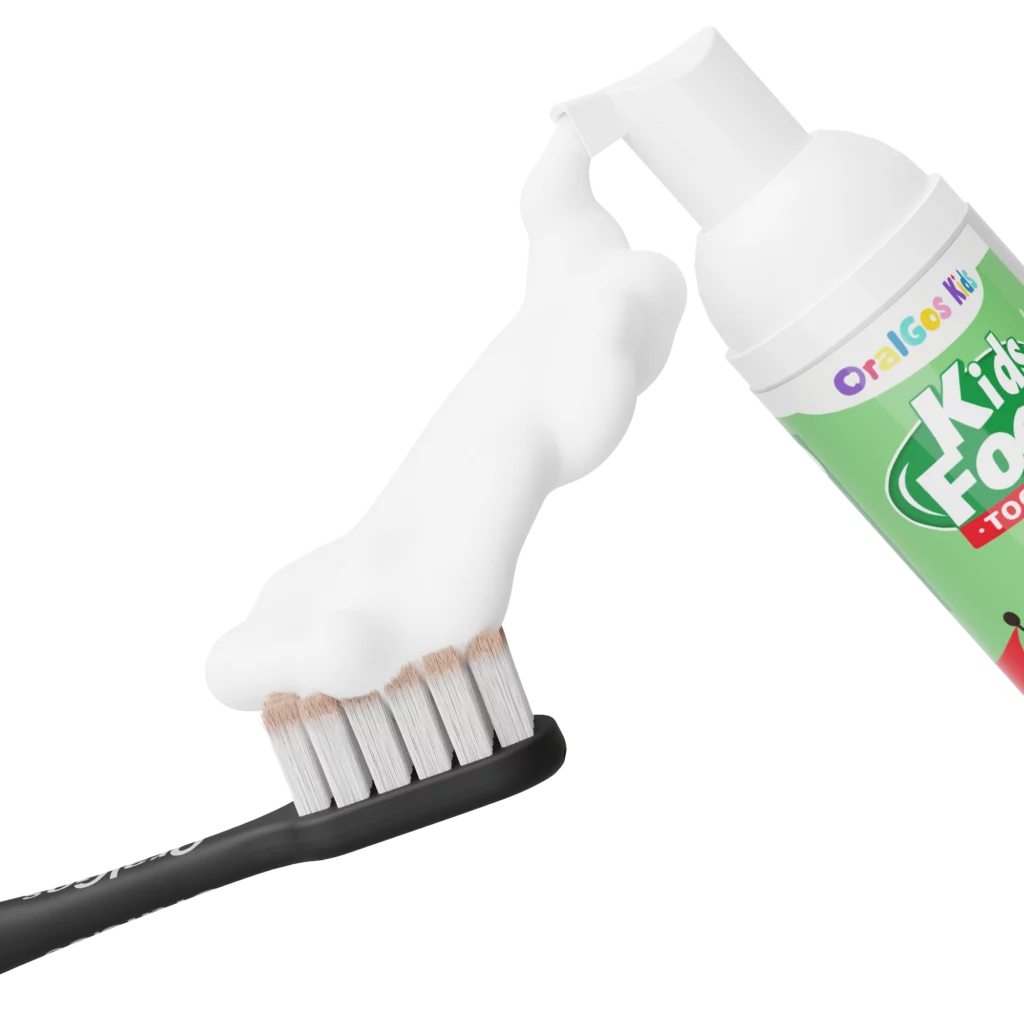
3. A Step-by-Step Guide to Teaching Spitting
Helping toddlers learn to spit doesn’t have to be a stressful process. Here’s a structured method widely recommended by pediatric dental professionals:
Step 1: Practice with Water
Start by giving your child a cup of water. Show them how to take a sip, swish it, and spit it into the sink. Make it a fun, pressure-free activity. This builds familiarity without the worry of swallowing harmful ingredients.
Step 2: Demonstrate the Behavior
Toddlers learn best through imitation. Brush your own teeth alongside them and clearly show how you spit. Use simple explanations like, “I’m spitting out the toothpaste so it doesn’t stay in my tummy.”
Step 3: Incorporate Toothpaste Gradually
Once your child gets the hang of water spitting, introduce a tiny amount of training toothpaste. Encourage spitting after brushing but avoid excessive rinsing so the fluoride remains effective.
Step 4: Reinforce Progress with Positive Feedback
Celebrate every success, even the small ones. Stickers, cheerful songs, or a fist bump can make the routine enjoyable. Avoid scolding for mistakes, as this can lead to fear or resistance.
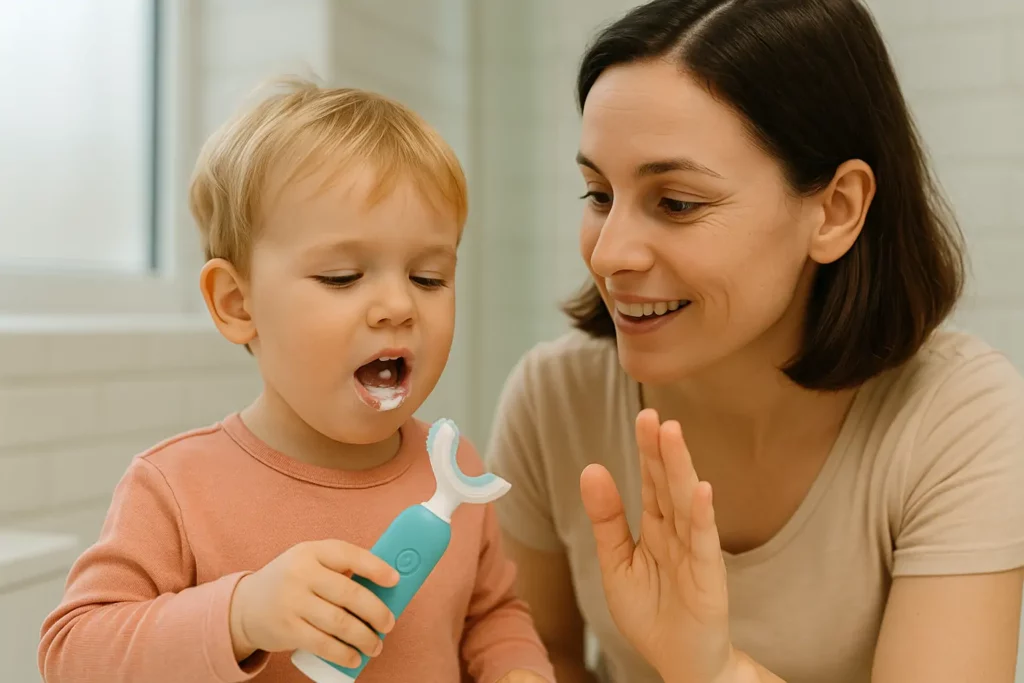
4. Product Design Can Support the Learning Curve
Oral care tools can make a big difference. For example, the OralGos DB058 toddler toothbrush is designed with features that encourage safe, independent brushing. It includes:
- A built-in safety ring to prevent over-insertion
- Dual handles for easy gripping with both hands
- Ultra-soft bristles that clean effectively without harming gums
Supporting accessories also help:
- Visual timers to establish brushing duration
- Low-fluoride or fluoride-free toothpaste for training
- Mirrors placed at toddler height for self-observation
Brands that incorporate these features demonstrate a deep understanding of toddler development and stand out in competitive B2B markets.

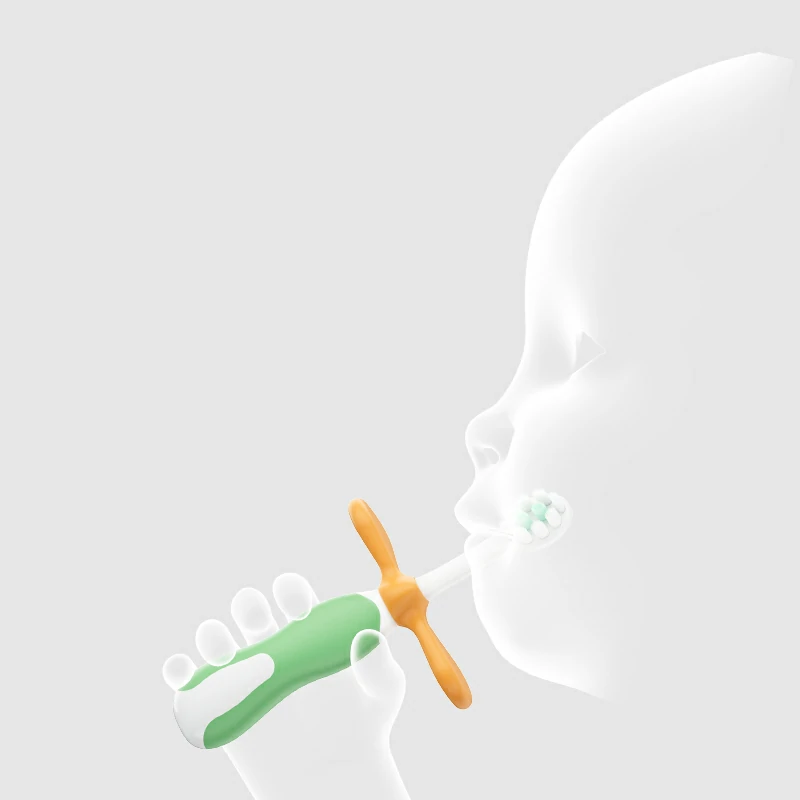
5. Avoid These Common Pitfalls
Caregivers and educators should steer clear of practices that may delay or complicate the learning process:
- Introducing too early: Don’t push spitting before the child shows readiness.
- Using too much toothpaste: Excess product increases the chance of swallowing.
- Responding negatively to mistakes: Punishment discourages participation.
- Leaving toddlers unsupervised: Monitoring ensures the child doesn’t ingest toothpaste.
Instead, focus on gradual progress and create a calm, consistent brushing routine.
6. Market Insights: Turning Spitting Into a Product Feature
For oral care manufacturers and distributors, addressing spitting in product messaging adds value and builds trust. Highlight how your product supports this developmental step by:
- Including educational brushing charts or spitting guides
- Offering appealing flavors to reduce the desire to swallow
- Designing packaging with clear, visual instructions
Brands like OralGos leverage their 26+ years of manufacturing expertise to develop toddler-friendly oral care solutions, combining safety, usability, and child psychology. Distributors and private-label partners benefit from these product insights by meeting real consumer needs.
7. When to Seek Professional Guidance
If a child continues to struggle with spitting by age 4 or refuses to brush altogether, it may be time to consult a pediatric dentist. Professional evaluation can identify sensory sensitivities, behavioral barriers, or oral aversions that require specialized care.
Dentists may suggest desensitization techniques, behavioral support, or specific toothbrush models designed for reluctant brushers. For oral-care brands, earning endorsements from dental professionals increases product credibility and market appeal.

Conclusion: Spitting Is a Milestone Worth Supporting
Toothpaste spitting is more than a brushing technique — it’s a crucial developmental skill with lifelong health implications. Teaching toddlers how and when to spit requires age-appropriate tools, patience, and well-designed products.
For industry professionals and procurement teams, offering solutions that support this process is a strategic advantage. As parents prioritize safe, effective oral care from an early age, toothbrushes and toothpaste that promote spitting readiness will remain in high demand.
By combining smart product design with educational support, oral-care brands can lead the market in toddler safety and habit formation.
